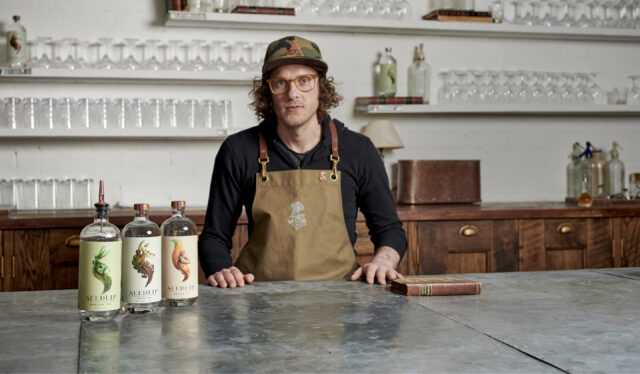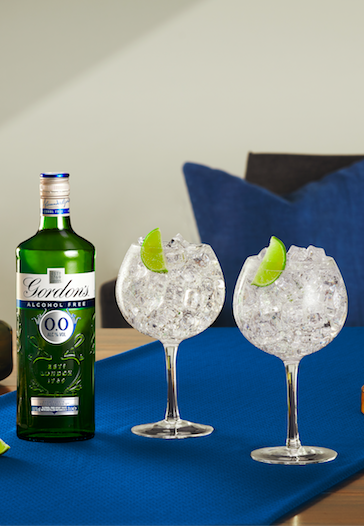This website uses cookies so that we can provide you with the best user experience possible. Cookie information is stored in your browser and performs functions such as recognising you when you return to our website and helping our team to understand which sections of the website you find most interesting and useful.
Low and no trend ‘sweeping across key global markets’
The low and no alcohol boom is showing no signs of slowing, with the IWSR predicting that sales of no/low alcoholic beverages will increase by 31% in volume by 2024.

Research undertaken by the IWSR has found that consumers around the world are increasingly prioritising health and wellness when selecting their favourite drinks brand.
The report states that the segment commanded 3% of the total beverage market in 10 headline economies in 2020. Its analysis focused on the world’s most buoyant consumer markets, including the UK, Australia, Brazil, Germany, Japan, South Africa and the US.
“What we’re seeing is a moderation trend that’s sweeping across key global markets, and that’s bringing with it increased demand for reduced alcohol, or alcohol-free drinks,” said IWSR CEO, Mark Meek.

“Brand owners will have an important role to play in the future development of no/low low alcohol, as increasing the breadth of products available to consumers and their price points will support category growth and broaden its appeal,” he added
He underlined the point that international brewers like Heineken and AB InBev had invested significant resources into growing the low/no category. As a result, sales are currently dominated by beer and cider labels.
However, a growing number of sparkling wine brands are also attempting to grab a slice of this lucrative market.
Prosecco brand La Gioiosa launched an alcohol-free sparkling wine last year, as did Cava producer Vilarnau, which is owned by González Byass.
“Creating our alcohol-free sparkling wine isn’t much different from making traditional Cava,” explained Vilarnau’s winemaker Eva Plazas.
“After fermentation, the winery uses state-of-the-art rotary column technology to remove the alcohol and then adds some CO2 to create very fine and subtle bubbles.”
As consumers continue to pursue healthier lifestyles, the sector is poised for further expansion.
The IWSR’s data shows that Germany is now the world’s largest no/low alcohol market by volume. Yet it experienced almost a 5% drop in consumption in 2020.
Meanwhile, demand is rocketing in the US – the no/low segment grew by over 30% there last year.
The report added that alcohol-free labels were outperforming low-alcohol brands. In 2019-2020, the ‘no-alcohol’ subcategory increased volume by 4.5%, while ‘low-alcohol’ decreased by -5.5%.
It stated that this decline was driven by the poor performance of low-alcohol beer brands in the high-volume markets of Germany and Spain.
“The low-alcohol spirits category is smaller than no-alcohol, but extremely strong growth is expected to continue as companies launch low alcohol by volume (ABV) versions of established brands, and consumers show less concern about 0.0% ABV in this category,” explained Sophia Shaw-Brown, senior insights manager at the IWSR.

